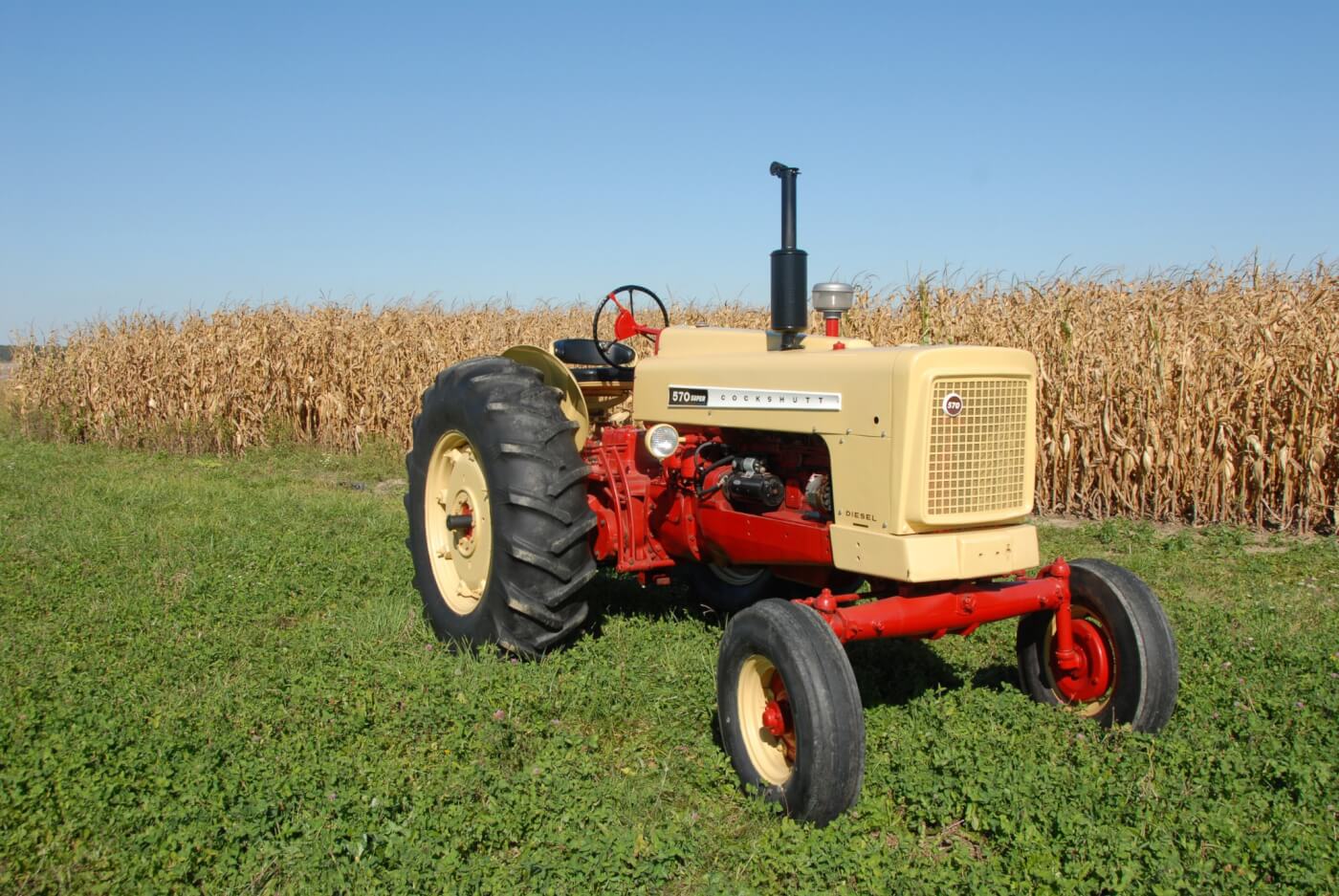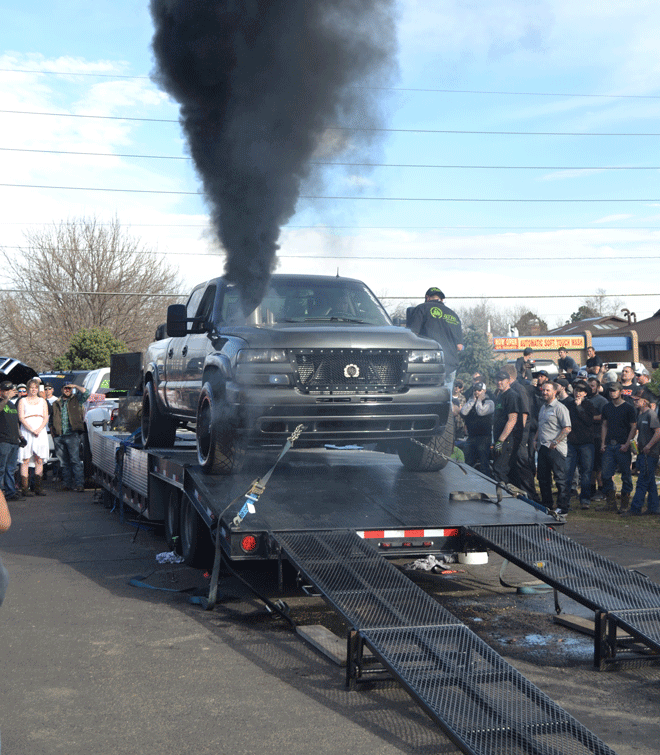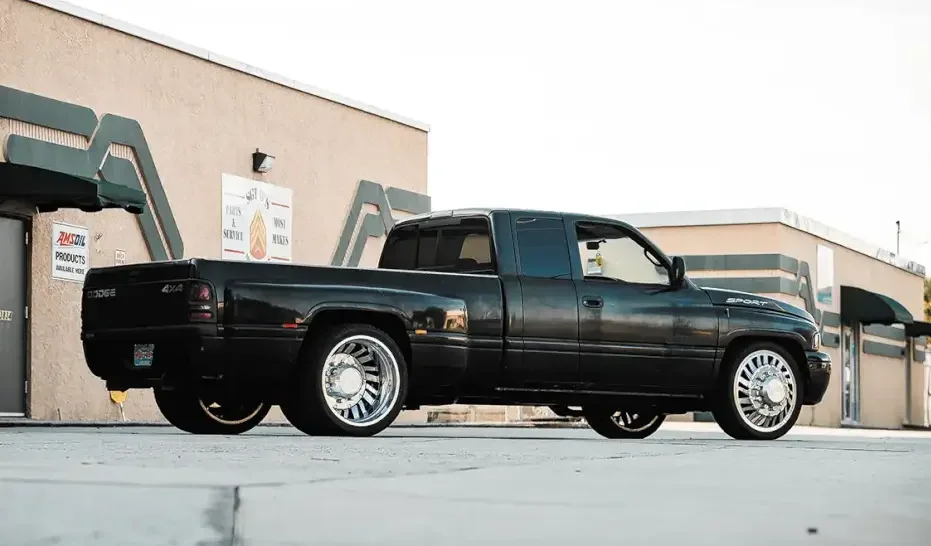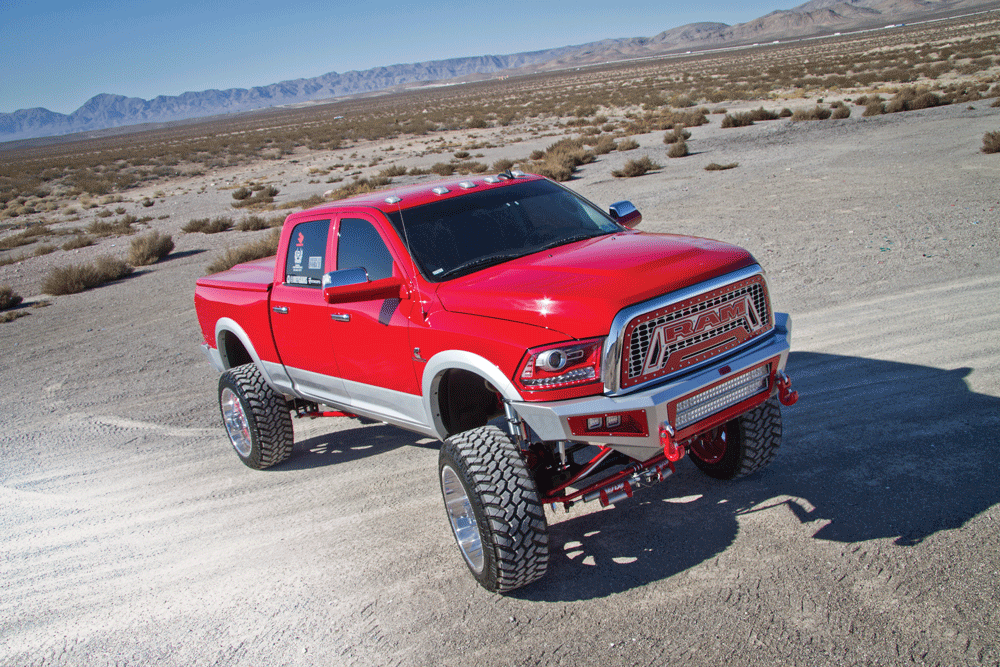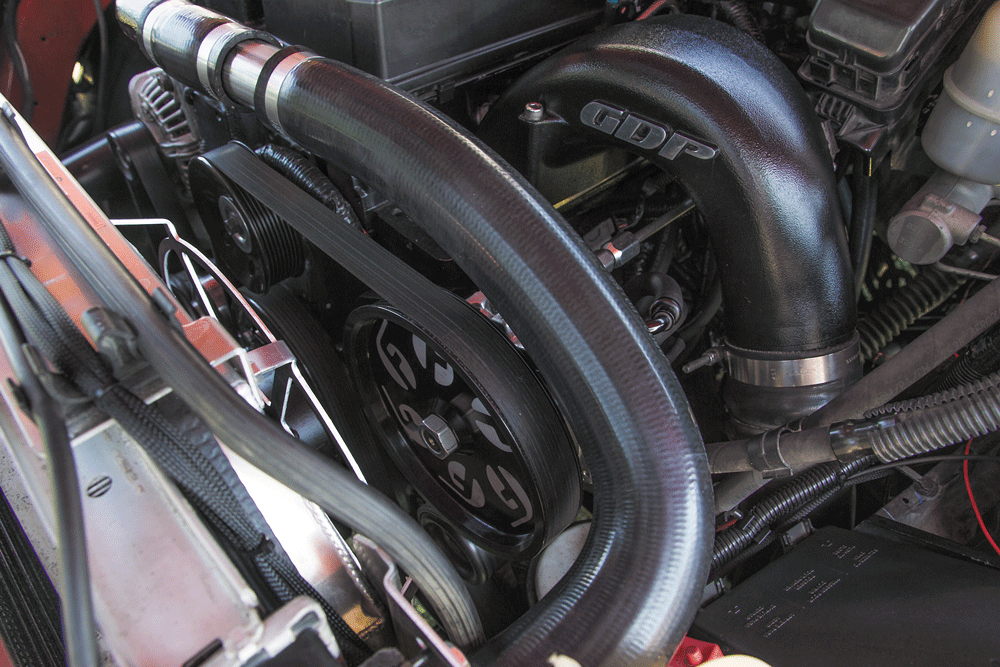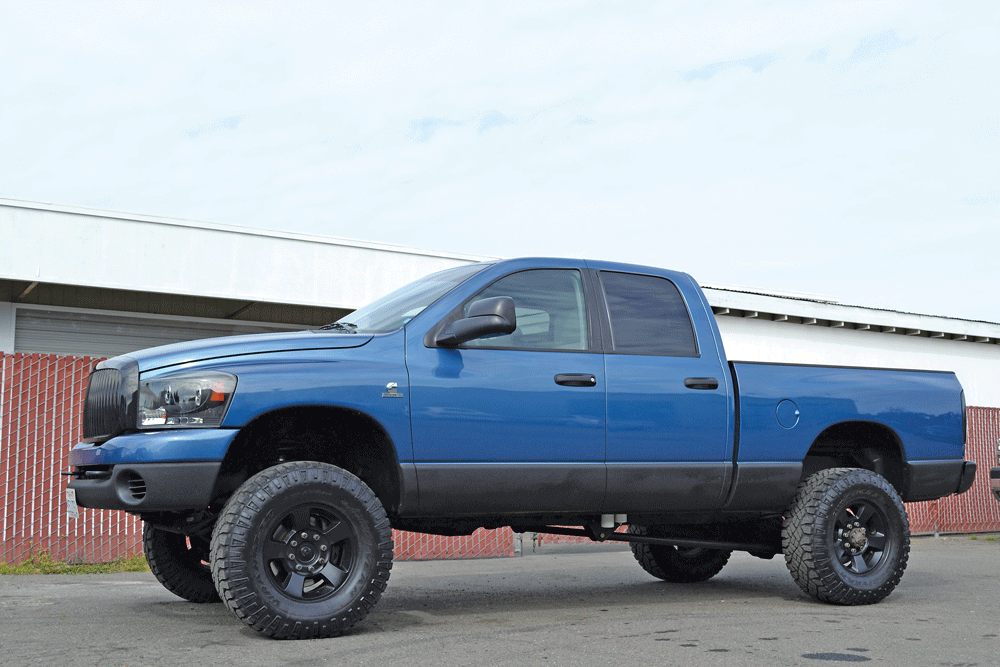Vintage Diesel Light Trucks: Part TWO
A chronology of diesel-powered light trucks in America
Diesel-powered land vehicles go back a long way in U.S. history, but diesel light trucks are relatively new due to a combination of technology and finances. Engineers and inventors could’ve shortened the time-frame for the development of diesel-powered light vehicles but market demand has always dictated the pace of development.
This is a continuation of our chronology of diesel-powered light trucks and SUVs available in the U.S. in significant numbers to about 1990. Last time we left off with the Chevrolet and GMC light trucks and SUVs from the early 1980s to 1993, so that’s where we’ll pick back up.
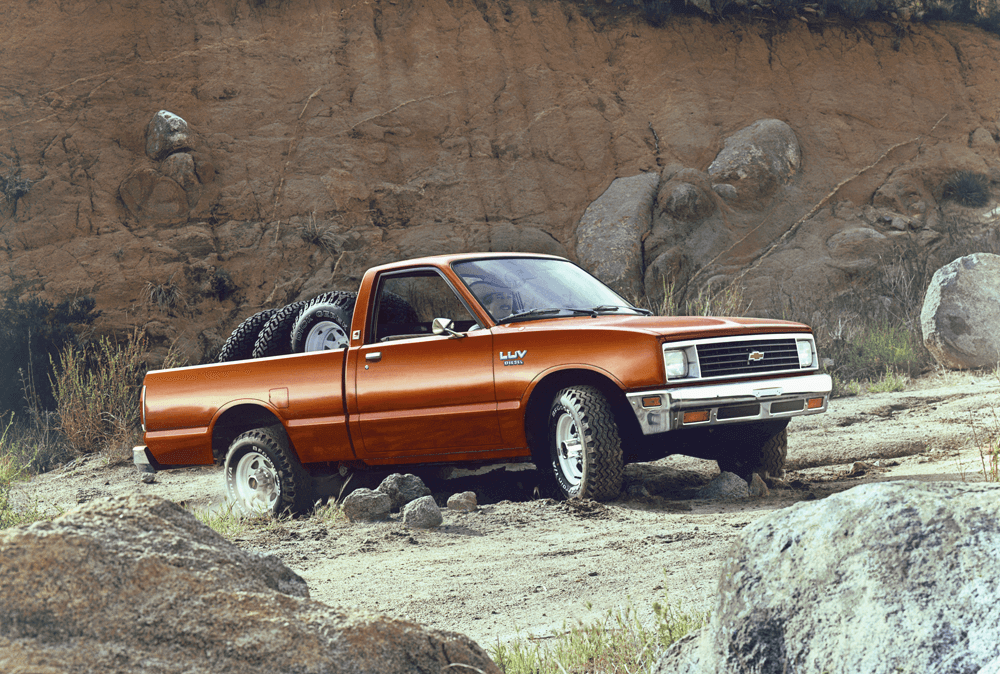
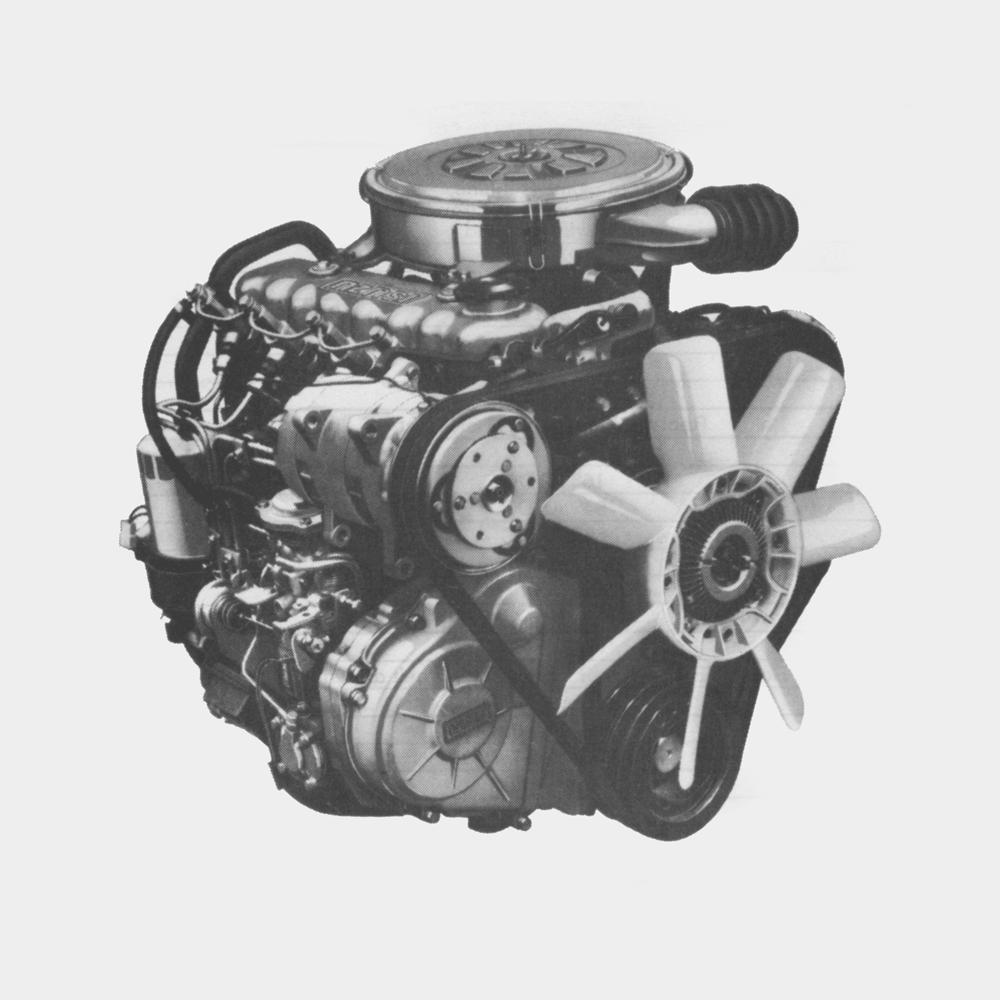
1982: Chevrolet LUV
Like the other Detroit auto companies, Chevrolet initially used a rebadged import stand-in as its gas-crunch-inspired mini-truck. GM snagged the Isuzu truck for the job starting in 1972 and called it the LUV (Light Utility Vehicle). It didn’t get a diesel option until 1982, which was also the last year for the LUV. It used a 2.2L Isuzu OHV engine, which was designated LQ7 by GM and C223 by Isuzu. It was naturally aspirated and optional in both the 4×2 or 4×4 models, but only the 4×2 got a 5-speed transmission. This engine was also used in Isuzu-branded trucks and in the S-10 series Chevy trucks that came in ’83.
Displacement: 2.2L (136.6 ci)
Power: 58 hp @ 4,300 rpm
Torque: 93 lb-ft @ 2,200 rpm
Compression Ratio: 21:1
Aspiration: Natural
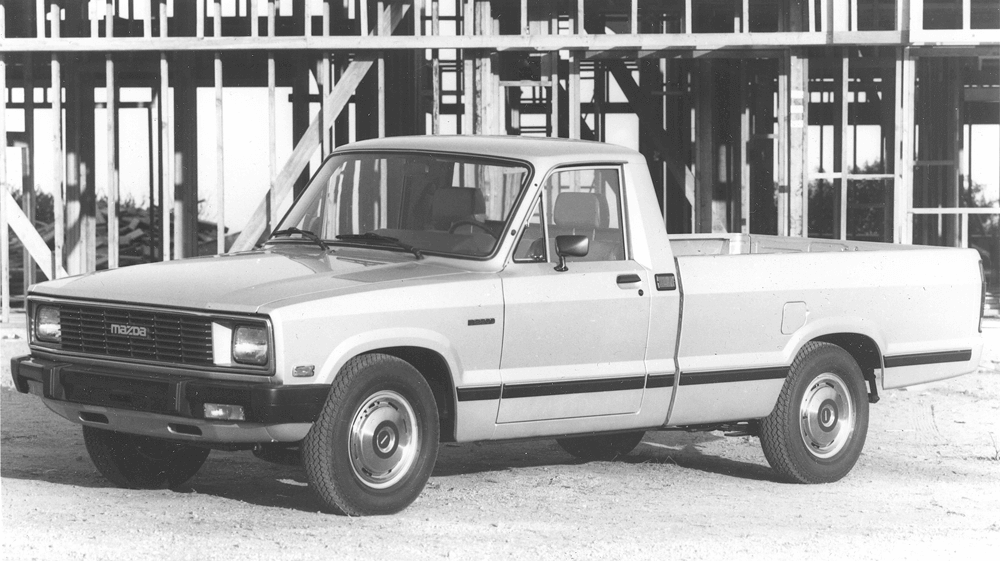
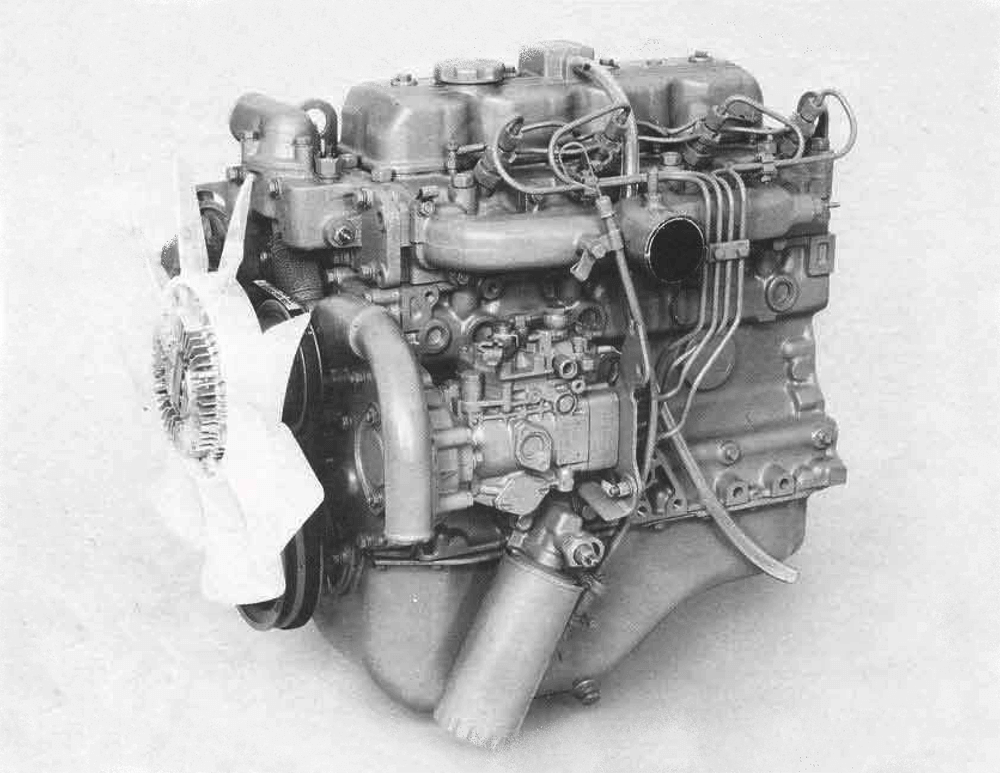
1982-84: Mazda B2200 Pickup
Mazda entered the U.S. Market under its own banner as the B1600 in 1972 and also wearing a Ford suit badged as the Courier. The Courier was never made available with a diesel, but in 1982 the updated Mazda B2000 series had an optional diesel, the S2, found in the B2200 model. Built under license, it was a Japanese version of the 2.2L 4.135 four-cylinder from Perkins. It was an outstanding little engine—emphasis on little—that delivered great fuel economy. Like all the diesels introduced in the ’80s, 20/20 hindsight tells us it would have made a better impression turbocharged but the 4.135 was not offered that way. In later years Mazda switched to the Mitsu 4D55T.
Displacement: 2.2L (135ci)
Power: 59 hp @ 4,000 rpm
Torque: 90 lb-ft @ 2,500 rpm
Compression Ratio: 21:1
Aspiration: Natural
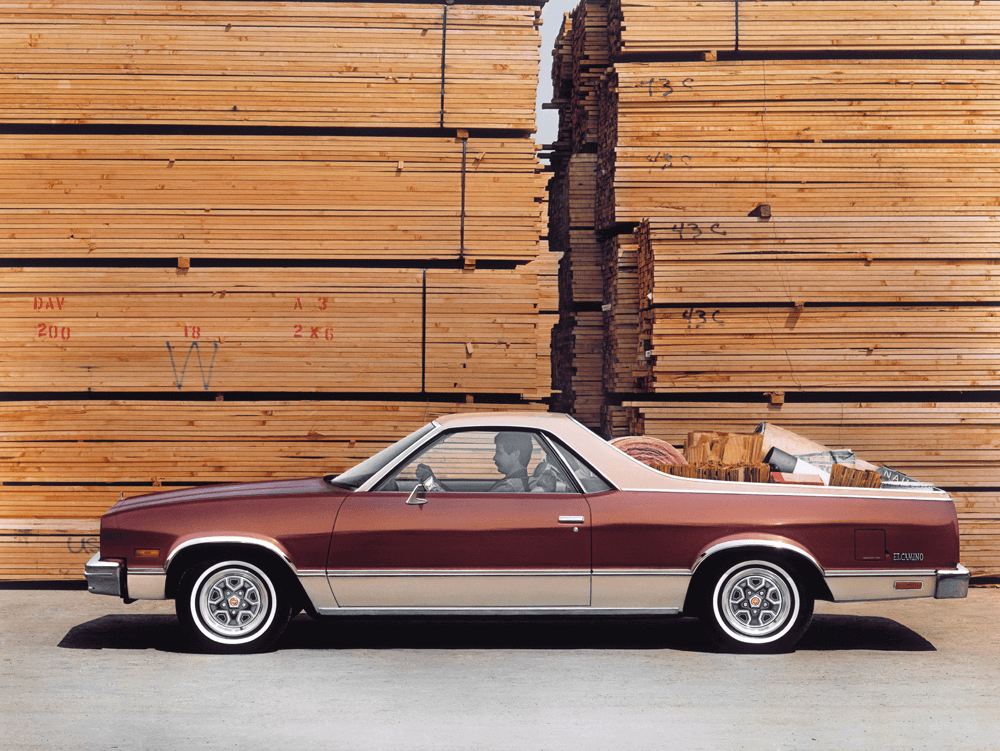
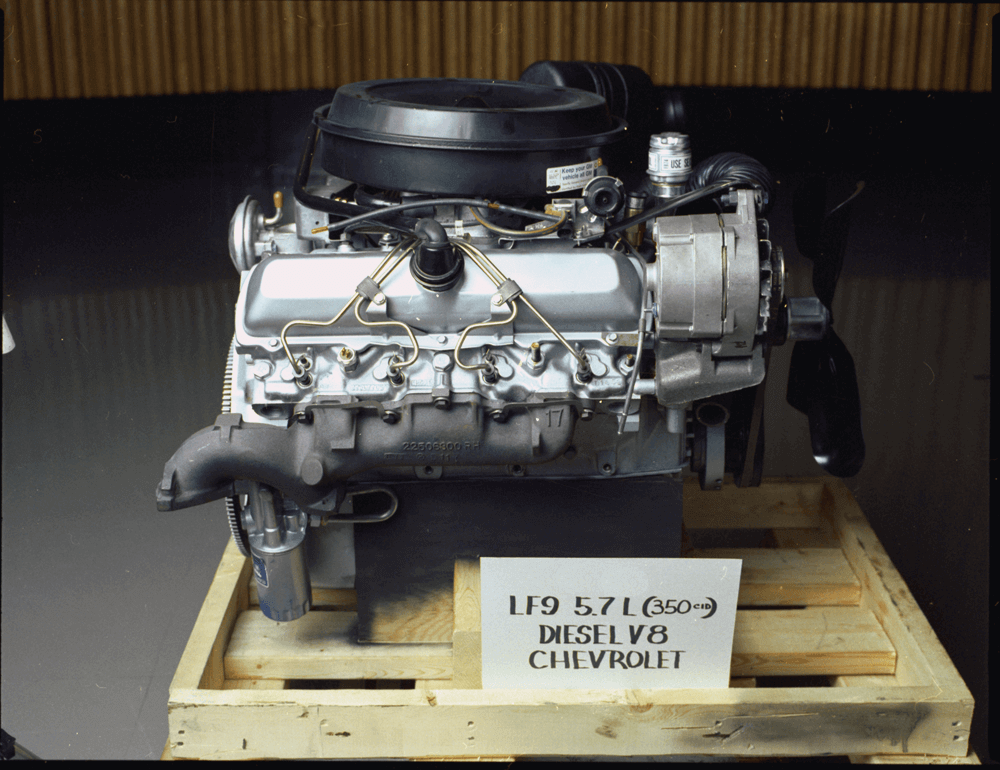
1983-84: Chevy El Camino/GMC Caballero
For 1983 Chevy and GMC made the 5.7L diesel V8 available for El Camino buyers, still under the LF9 code. This was the downsized El Camino G-Body model built from ’82-87. The diesel stayed in the lineup through 1984 even though the 6.2L diesel had already debuted for full-sized trucks. By ’82 all the upgrades and fixes had been done to the 5.7L, thus making it a pretty reliable powerplant and a good fit for the very light duty El Camino. It wasn’t a rocket ship but the torque was good and it delivered an EPA rating of 18 city, 24 highway and 20 combined with a 3-speed automatic and 2.29:1 axle ratios. This was considerably better than even the 3.8L V6 gas (15/17/19), but with the option costing $700, was it worth it?
Displacement: 5.7L (350ci)
Power: 105 hp @ 3,200 rpm
Torque: 200 lb-ft @ 1,600 rpm
Compression Ratio: 22.5:1
Aspiration: Natural
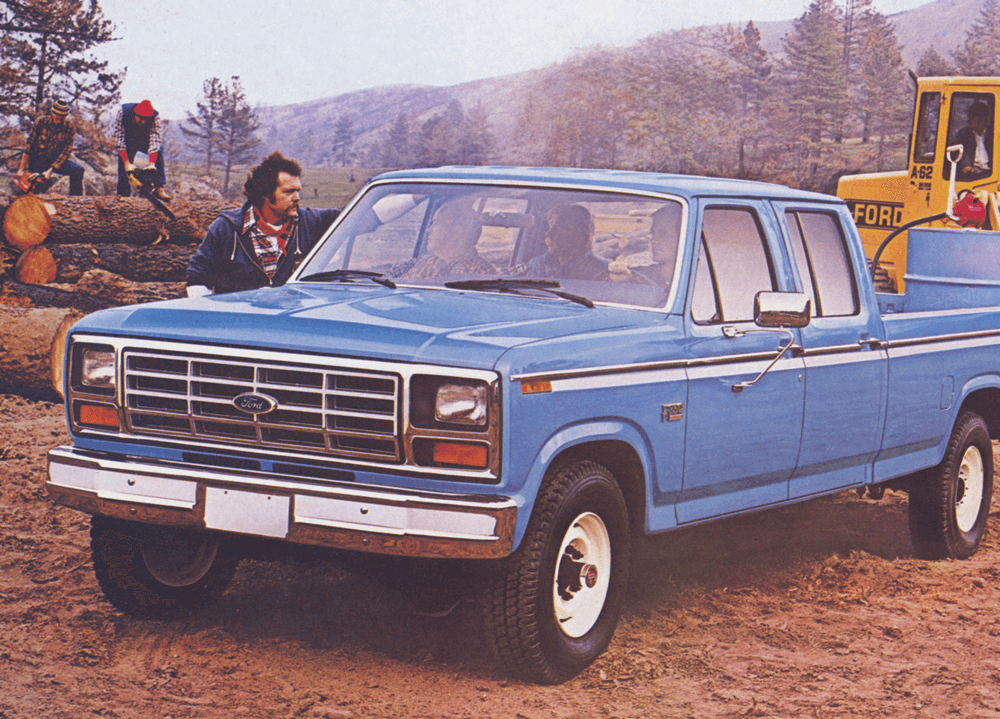
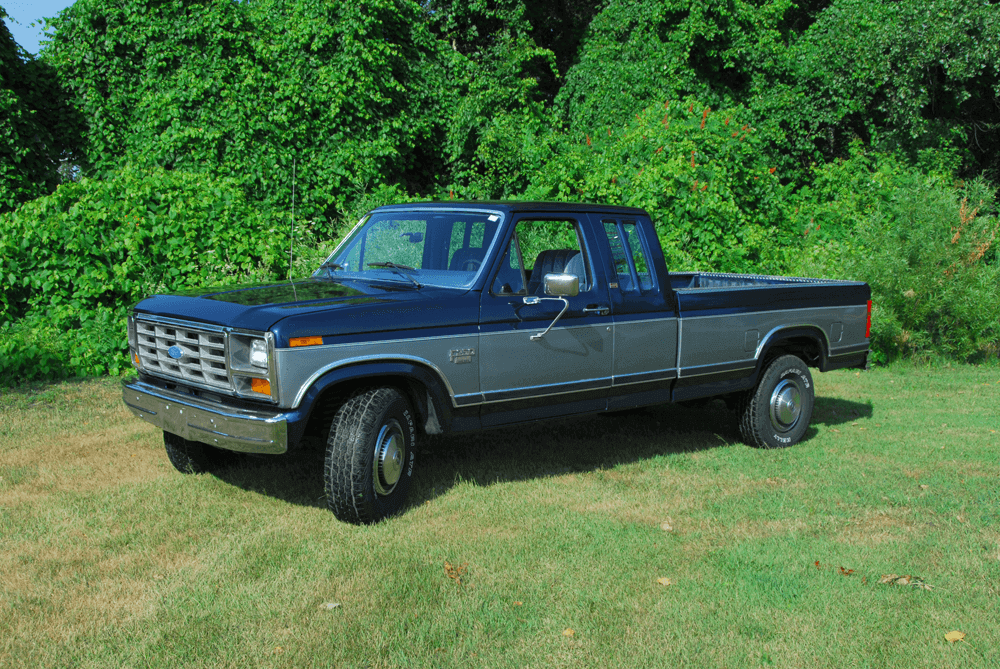
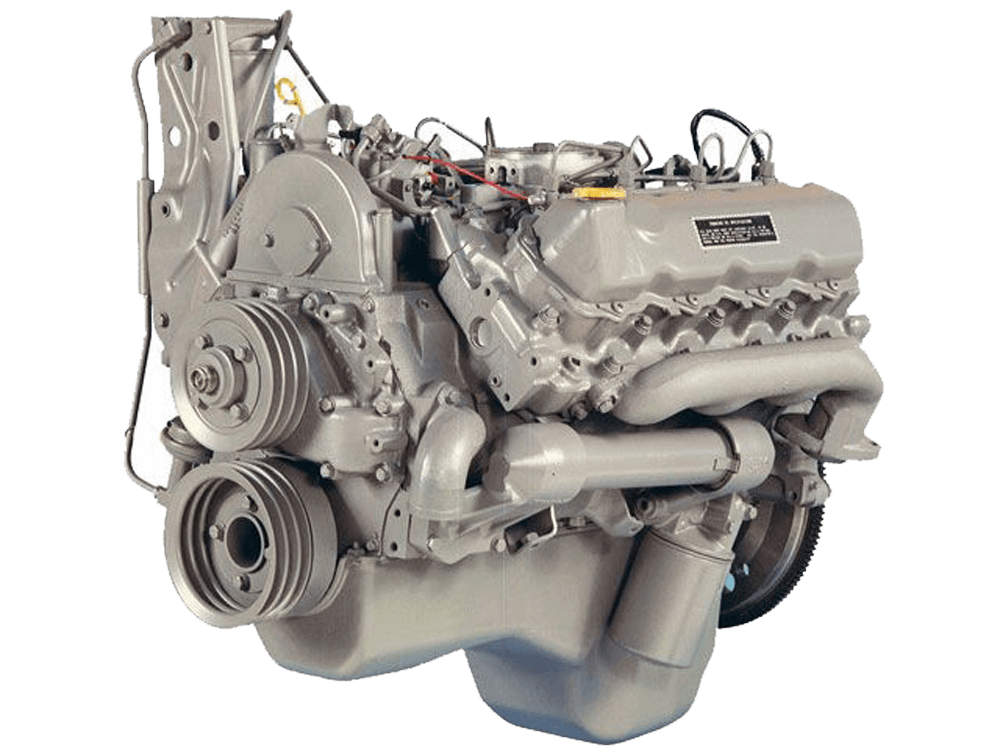
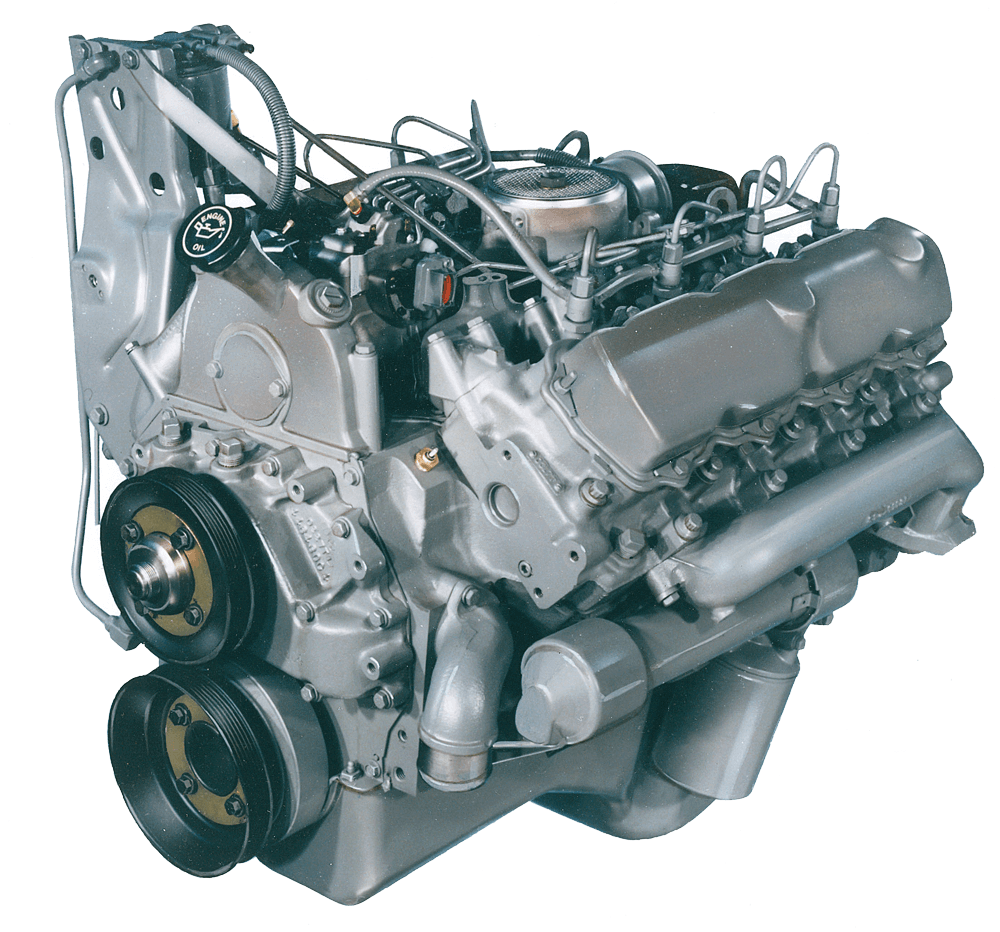

1983-94: Ford F-250, F-350
For 1983 Ford debuted its first entrant in the “diesel wars” of the 1980s, the 6.9L V8. This International Harvester-built IDI engine was optional only in F-250/F-350 models and quickly became popular. Originally envisioned as a medium-duty truck engine for International, it was just small enough to fit under the hood of Ford’s new F-Series trucks that had debuted for 1980. Though more were installed in Fords than Internationals, they were nonetheless a medium-duty staple for IH. For ’88 the engine was refreshed and enlarged to 7.3L. In its last year the 7.3L IDI was turbocharged, but underrated at 190 hp/385 lb-ft so as not to upstage the new Power Stroke HEUI engine that debuted later in ’94.
Displacement: 6.9L (420ci)/7.3L (444ci)
Power: 170 hp @ 3,300 rpm/185 hp @ 3,300 rpm/ 190 hp @ 3,000 rpm
Torque: 315 lb-ft @ 1,400 rpm/338 lb-ft @ 1,600 rpm/385 lb-ft @ 1,400 rpm
Compression Ratio: 21.5:1
Aspiration: Natural/Turbocharged
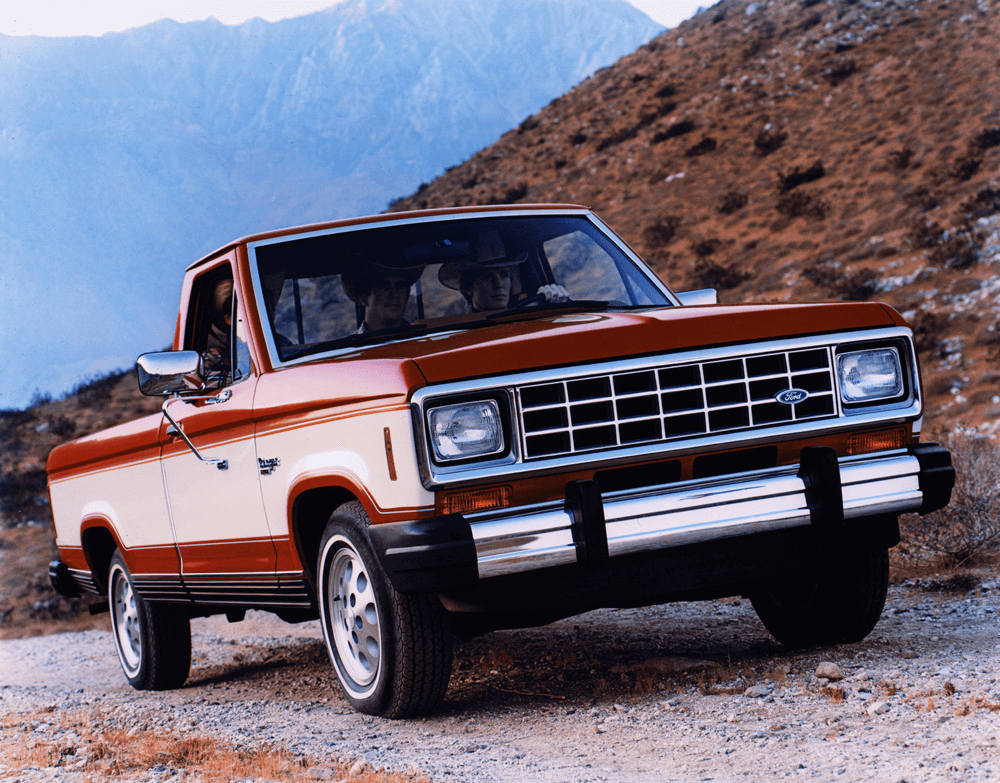
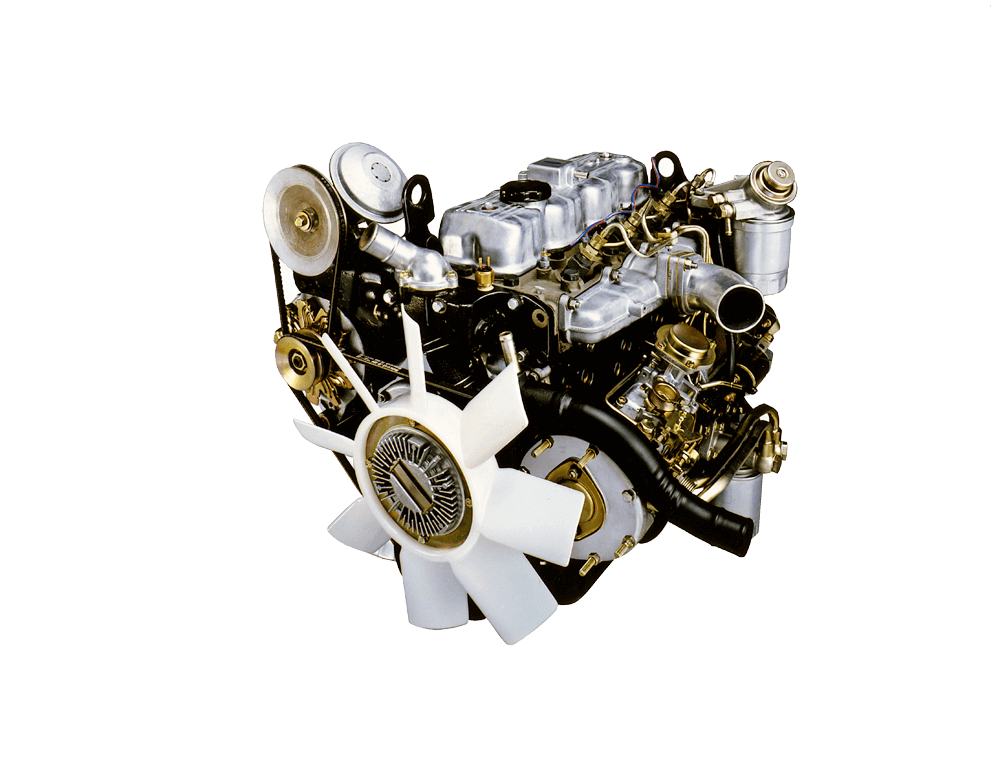
1983-84: Ford Ranger
For 1983 Ford introduced its Ranger compact pickup, and it had a diesel option. In ’83 and ’84 the diesel was none other than the same Perkins-derived S2 diesel found in the Mazda B2000. Unlike the other engine choices in the lineup, the Ranger S2 diesel was limited to a 4×2 (1,200 or 1,600 pound payload) and a simple 4-speed. The 5-speed or automatic was not on the options list.
Displacement: 2.2L (135ci)
Power: 59 hp @ 4,000 rpm
Torque: 90 lb-ft @ 2,500 rpm
Compression Ratio: 21:1
Aspiration: Natural
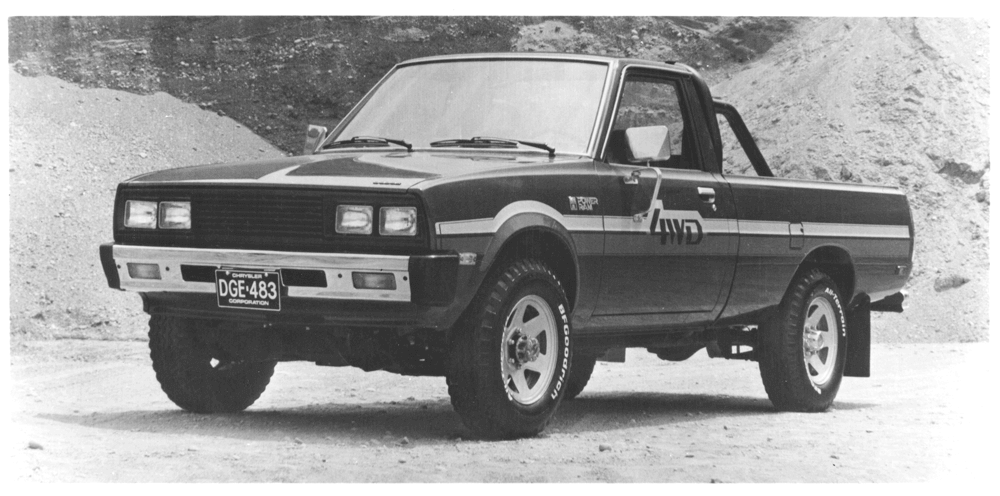

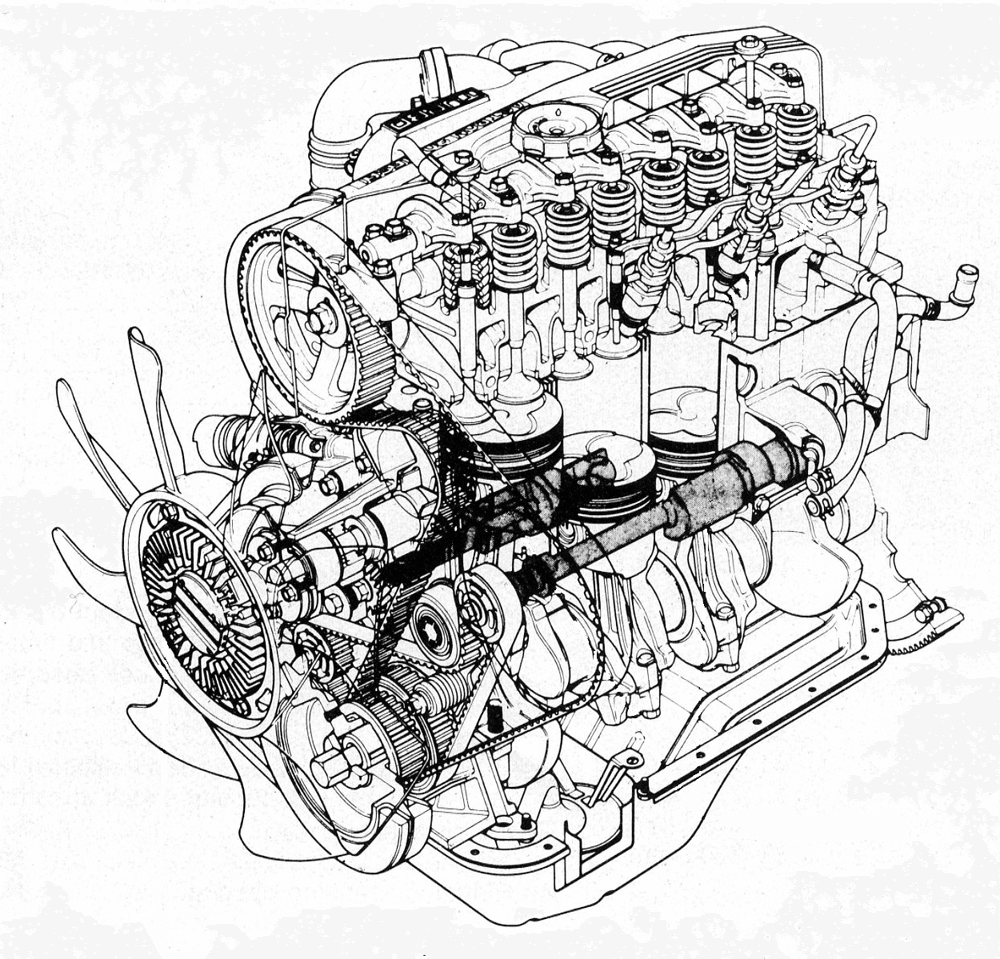
1983-87: Dodge Ram 50/Mitsubishi Mighty Max
In desperate need of an economical pickup, Dodge reached a deal with Mitsubishi to re-badge its Forte Pickup as the D-50 and it went on sale in 1979. Mitsubishi came in with the Mighty Max for 1982 and it was offered in both two and four-wheel drive. The Dodge versions became known as the Ram 50 (4×2) or Power Ram 50 (4×4). For 1983 both companies offered the Mitsu 2.3L turbo diesel as an option, making it the first turbo diesel to hit the American mini-truck market. The 2.3L Mitsubishi 4D55T turbo diesel was available through 1985 in Dodge-badged units and to ’87 in Mitsubishi-badged pickups. For ’83 power was 80 hp with a non-wastegated turbo. For ’84 and ’85 a wastegated turbo was used and power jumped to 86 horsepower. In an odd twist of fate, this engine was also used in the ’85-87 Ford Ranger/Bronco II. With a longer stroke, the engine was boosted to 2.5L in the form of the 4D56T and was used all over the world.
Displacement: 2.3L (140ci)
Power: 80 hp @ 4,200 rpm/86 hp @ 4,200 rpm
Torque: 125 lb-ft @ 2,500 rpm/ 136 lb-ft @ 2,500 rpm
Compression Ratio: 21:1
Aspiration: Turbocharger
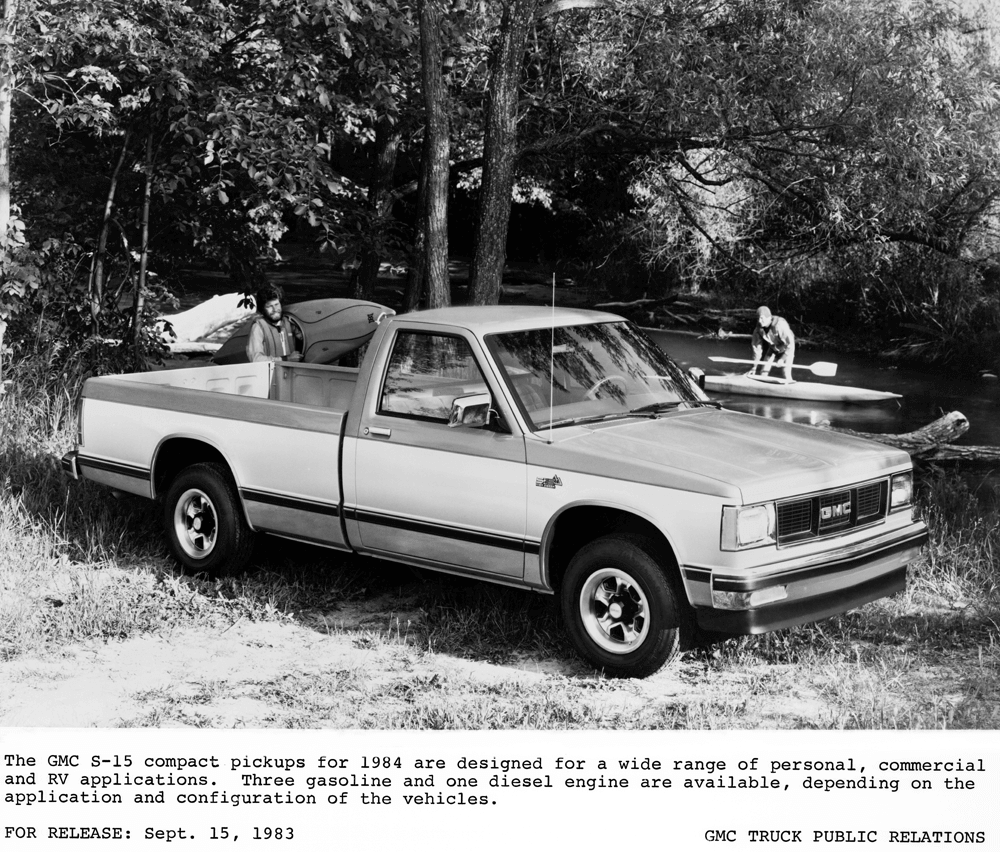
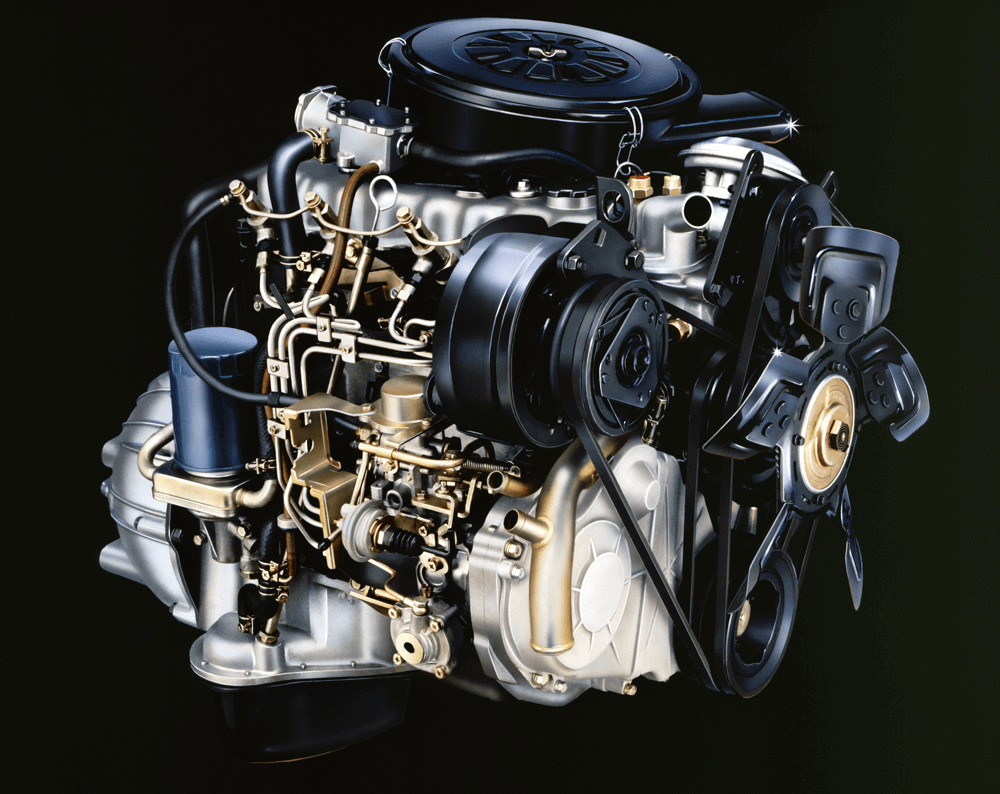
1983-85 Chevrolet S-10 Pickup/ GMC S-15
The S-10 GM mini-truck debuted in a limited rollout in ’82 but was offered only as a 4×2 unit with no diesel option. The full Chevy S-10 and GMC S-15 lines debuted for ’83 and optionally included a slightly warmed-up version of the Isuzu 2.2L NA diesel that made 62 hp. It was offered under the Ordering Code LQ7 and became generally available in May of 1983, so it didn’t get a full first year. It was available in two-wheel-drive pickups only. The diesel was gone in the S-10 and S-15 after ’85. It was such a short-term offering that there isn’t much else to say. It wasn’t a bad truck at all if you didn’t need lots of raw power.
Displacement: 2.2L (136.6ci)
Power: 62 hp @ 4,300 rpm
Torque: 96 lb-ft @ 2,200 rpm
Compression Ratio: 21:1
Aspiration: Natural
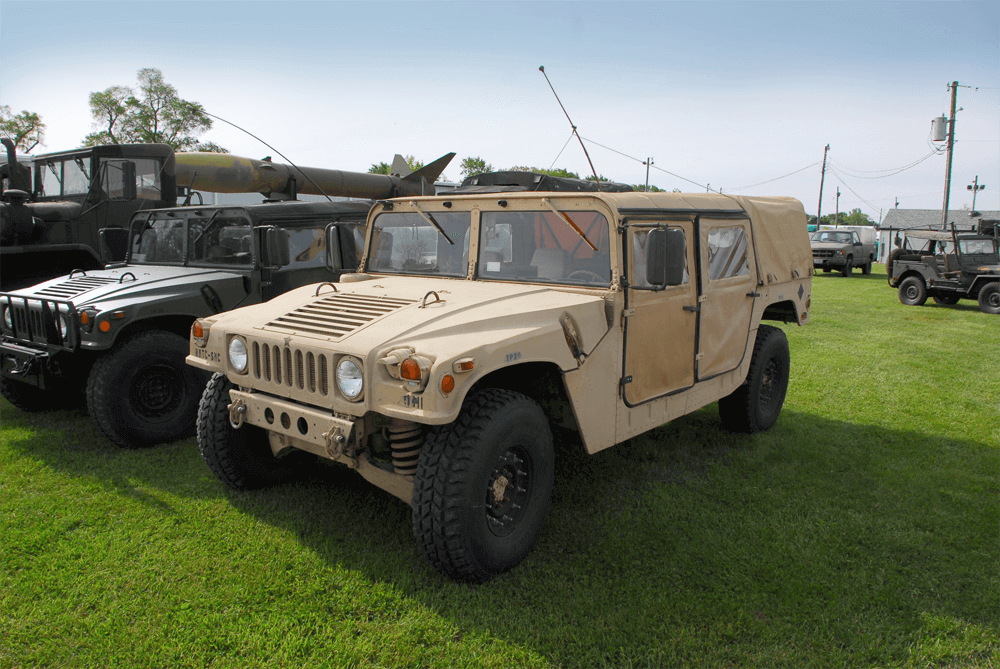
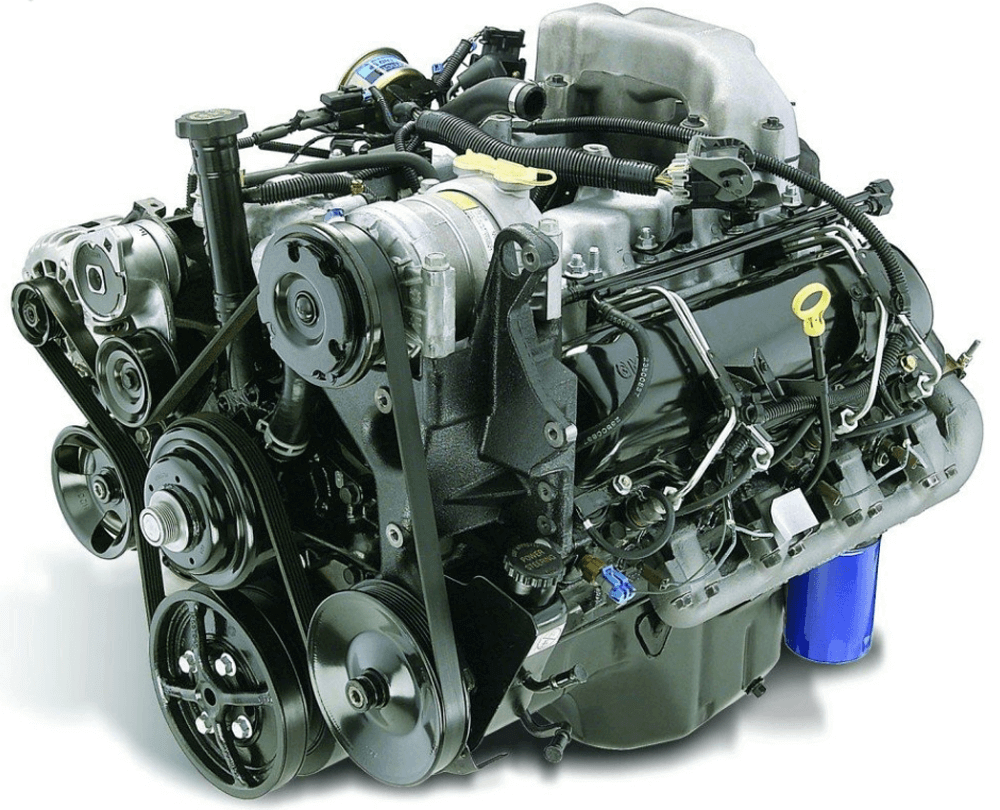
1985-up: AM General M988 HMMWV
The AM General M988 was the first in a line of military vehicles that captured America’s imagination and stood on the front lines of the nation’s defense. Designed and built to be a military vehicle, it was one of the few military vehicles to go civvy rather than the other way around. Starting in 1992 the Hummer (later known as the H1) went on sale and was built into 2006. The powerplant came from General Motors, the DDA 6.2L diesel V8—none other than the light truck 6.2L V8 diesel with a few special additions and non-emissions tuning. In the ’90s a non-turbo version of the 6.5L diesel replaced it. Though replaced in GM trucks after 2000, the 6.5L remains in production just for these applications.
Displacement: 6.2L (379ci), 6.5L (395ci)
Power: 150 hp @ 3,600 rpm/160 hp @ 3,200 rpm
Torque: 259 lb-ft @ 2,000 rpm/290 lb-ft @ 1,800 rpm
Compression Ratio: 21.3:1/20.2:1
Aspiration: Natural



1985-87: Jeep Cherokee XJ, Wagoneer XJ and Comanche MJ
Jeep also got into the diesel economy wars of the mid-1980s. Renault owned 49 percent of AMC/Jeep at the time, so it made sense a well-developed 2.1L Renault intercooled turbo diesel would be used. It was a popular engine in Europe, being used in everything from cars and light trucks to vans to motorhomes. It was optional in the Cherokee XJ SUV, Comanche MJ pickup, and Wagoneer XJ models through 1987. It was unusual in being turbo-intercooled and was the first intercooled light truck diesel offered in the US. It came in front of manual or automatic transmissions. Winnebago offered the compact Le Sharo motorhome in the ’80s and early ’90s powered by this engine. Chrysler dropped the Renault relationship soon after it acquired Jeep in 1987, so the engine left the Jeep stable.
Displacement: 2.1L (126ci)
Power: 85 hp @ 3,250 rpm
Torque: 132 lb-ft @ 3,000 rpm
Compression Ratio: 21.5:1
Aspiration: Turbocharged
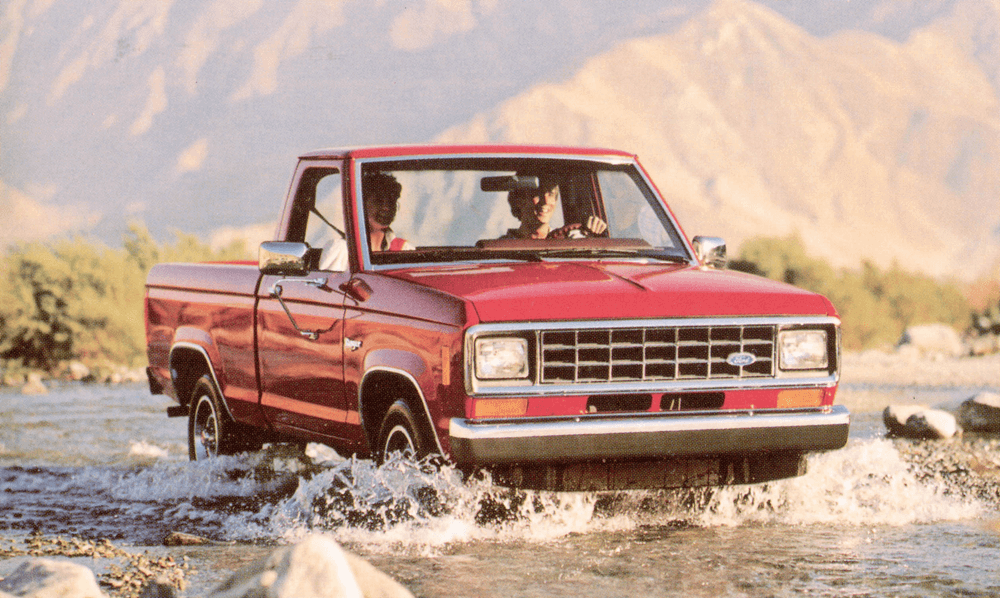

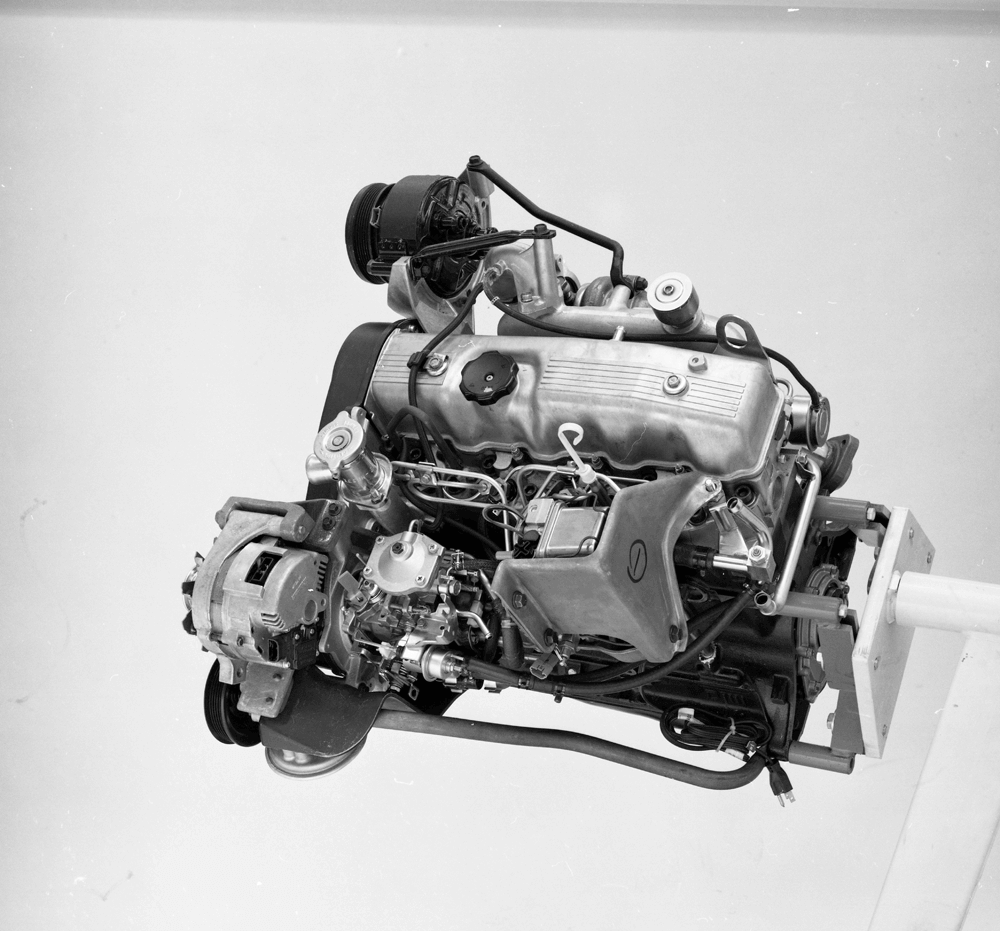
1985-86: Ford Ranger and Bronco II
The Ranger compact pickup diesel line was enhanced in 1985 by the addition of an optional 2.3L turbo diesel. Built by Mitsubishi, it was offered through 1987. It was virtually the same engine used in the Dodge Ram 50 trucks and Mitsubishi Mighty Max pickups. Documents also show it as an option for the Bronco II in ’85 and ’86, but it hasn’t yet been proven they were actually built for sale. If so, it was an extremely rare option and there are no known survivors. Unlike the earlier Mazda/Perkins diesel, the Mitsu-powered Ranger was also available with four-wheel drive, but still only on the regular cab pickups. It came standard with a 5-speed manual with no other options and was EPA rated at 25/23/27.
Displacement: 2.3L (143ci)
Power: 86 hp @ 4,200 rpm
Torque: 134 lb-ft @ 2,000 rpm
Compression Ratio: 21:1
Aspiration: Turbocharged
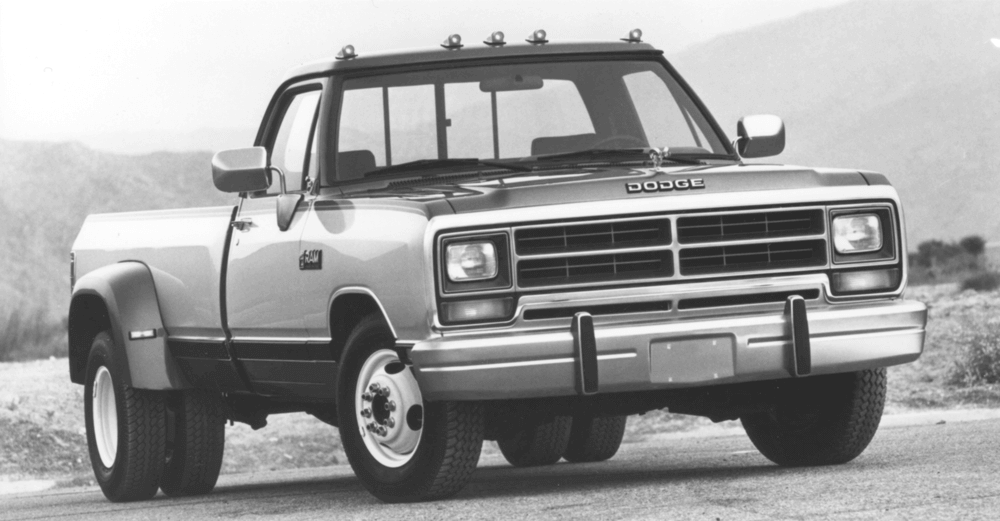
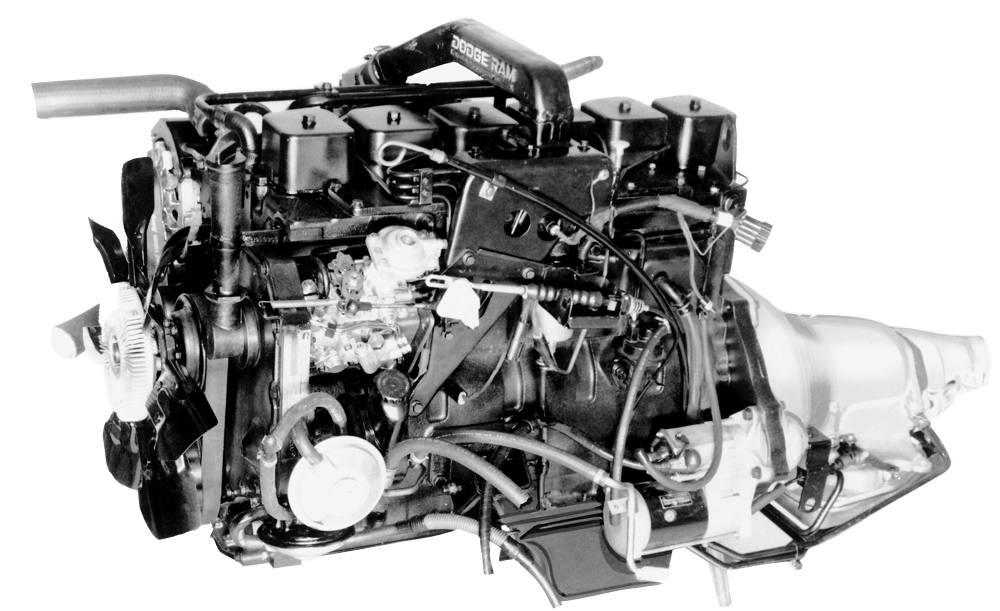
1989: DODGE CUMMINS
Dodge jumped to the head of the full-size diesel pickup class by introducing a 5.9L six-cylinder Cummins turbo diesel as an option for 250 and 350 series trucks, in two or four-wheel drive. This move took a big bite out of Ford and GM diesel sales for the first years of the 1990s. The B-Series Cummins, introduced in 1984, was severely de-rated from its normal applications but still managed to eat transmissions and barber-pole driveshafts until Dodge got the right drivetrain parts behind it. The obvious benefits of a turbocharged diesel would not be lost on the public, nor the competition. Dodge trucks had been riding a distant sales third behind Ford and GM up to this point, but the addition of the Cummins turbo diesel began a general redemption—and a boost in sales—for the Dodge truck brand after years of decline.
Displacement: 5.9L (360ci)
Power: 160 hp @ 2,500 rpm
Torque: 400 lb-ft @ 1,700 rpm
Compression Ratio: 17.5:1
Aspiration: Turbocharged
For Part One, check the June 2018 issue of Diesel World or head to DieselWorldMag.com.
FREQUENTLY ASKED QUESTIONS
What are the recommendations for purchasing a used diesel truck from the pre-Superduty era?
Recommendations for Purchasing a Used Diesel Truck from the Pre-Superduty Era
When delving into the used diesel truck market, pre-Superduty era vehicles offer a compelling value for those in search of power and reliability. Here are some key recommendations to guide your purchase:
Considerations by Manufacturer and Model
- General Motors (GM) Options:
- The 6.5L engine, introduced in 1992, is often critiqued for its lack of reliability. Proceed with caution if considering this option.
- Alternatively, the 6.2L engine, while not particularly powerful, is known for its dependability.
- Ford Models:
- Vehicles equipped with the 7.3L engine post-1988 stand out for their durability and ease of maintenance. Parts are widely available, making it straightforward to keep these trucks running smoothly.
- However, keep an eye out for cavitation issues. Should cavitation be present, the cost of a rebuilt motor can soar to around $5,000.
Enhancements and Variations
- Turbocharged Options:
- If increased power is a priority, seek out models with an ATS turbo installed from 1993 onwards. These offer a significant boost in performance.
- Power and Efficiency:
- Pre-Superduty models typically deliver around 215 horsepower and 425 ft-lbs of torque, providing a solid balance of power and fuel efficiency.
Market Demand and Pricing
- Diesel Demand:
- The demand for powerful diesel engines, particularly from the late ’90s onward, means that trucks equipped with these engines are often priced higher. However, they are praised for their robust performance and longevity.
In conclusion, while each engine option has its pros and cons, those equipped with the 7.3L engine and later turbocharged variants tend to offer the best value in power, reliability, and ease of maintenance.
What should buyers be cautious about when purchasing used diesel pickups?
What to Watch Out For When Buying Used Diesel Pickups
Purchasing a used diesel pickup can be a smart move, but it’s essential to tread carefully. Here are some key points to keep in mind:
- Too-Good-To-Be-True Deals: Be skeptical of offers that seem unusually cheap. These deals often come with hidden issues or costs. It’s wise to investigate why the price is lower than average.
- Background and Legality: Ensure the vehicle has a clear history. Verify ownership documents and check for any legal disputes or title issues that might come back to haunt you.
- Hidden Problems: Mechanical issues can be costly. Before buying, have a trusted mechanic inspect the vehicle for engine problems, transmission trouble, or other hidden defects.
- Loan and Lien Status: Confirm the vehicle is free of any outstanding loans or liens. These financial encumbrances can turn a bargain into a financial trap.
- Seller Reputation: Research the seller. A reputable dealer often provides more transparency and security in your purchase. Individual sellers might not offer the same level of trustworthiness.
By thoroughly checking these factors, you can make a more informed decision and avoid potential pitfalls when acquiring a used diesel pickup.
What are the common issues faced by diesel trucks from the 1990s, such as cavitation?
Common Issues Faced by 1990s Diesel Trucks
Diesel trucks from the 1990s are known to have several recurring issues, which can affect their performance and longevity. One of the most significant of these problems is cavitation.
Cavitation Explained
Cavitation occurs when coolant causes erosion in the engine’s cylinders. Over time, this erosion can lead to the formation of holes in the cylinder walls. Once these holes develop, the engine might become irreparable.
Why Cavitation Happens
- Coolant Erosion: The constant movement of coolant against the inner surfaces creates tiny vapor bubbles. When these bubbles collapse, they produce shockwaves strong enough to wear away the metal.
- Material Vulnerability: Some engines may have used materials more susceptible to this wear and tear, exacerbating the problem.
Cavitation is just one of the issues; other common problems in 1990s diesel engines include:
- Turbocharger Failures: Turbochargers can experience fatigue from continuous high-pressure operations.
- Fuel Injector Trouble: Over time, fuel injectors may clog or leak, affecting fuel efficiency and performance.
- Cooling System Defects: Inefficient cooling systems might lead to overheating, impacting engine health.
Maintaining these vintage diesel trucks often requires diligent care and timely interventions to prevent severe damage and ensure they continue running smoothly.
What are the common resale and parts availability issues for Dodge diesel trucks from the early 1990s?
Resale and Parts Availability Challenges for Early 1990s Dodge Diesel Trucks
When it comes to early 1990s Dodge diesel trucks, specifically those equipped with the 5.9L Cummins engine, owners and buyers face a unique set of challenges related to resale value and parts availability.
Resale Value Insights
- High Demand: These trucks boast a reputation for reliability, which significantly boosts their resale value. It’s not uncommon to see well-maintained models from this era fetching offers around $12,000 or more, especially those with lower mileage.
- Rarity Factor: As these vehicles age, well-preserved examples become harder to find. This scarcity contributes to their appeal and subsequently higher prices in the used market.
Parts Availability Challenges
- Limited Stock of Original Parts: One of the pressing issues for owners is the dwindling availability of original parts. As manufacturers have long since stopped production, finding replacements for certain truck components can become a challenge.
- Aftermarket Solutions: Fortunately, the aftermarket industry steps in with a variety of parts to keep these trucks running. While third-party suppliers offer a plethora of options, it’s crucial for buyers to ensure compatibility and quality when sourcing these components.
- Community Support: Often, online forums and enthusiasts’ groups serve as valuable resources for locating hard-to-find parts and sharing maintenance tips.
In summary, while the esteemed Dodge diesel trucks from the early 1990s command high resale value due to their reliability and rarity, they pose challenges in parts availability. However, the robust aftermarket scene provides a viable lifeline for maintenance and repairs, ensuring these classic trucks remain operational.
How reliable were the older diesel truck models from the late 1980s to early 2000s?
By ’82 all the upgrades and fixes had been done to the 5.7L, thus making it a pretty reliable powerplant and a good fit for the very light duty El Camino. It wasn’t a rocket ship but the torque was good and it delivered an EPA rating of 18 city, 24 highway and 20 combined with a 3-speed automatic and 2.29:1 axle ratios.
When considering diesel trucks from the late 1980s to early 2000s, reliability varied among models, but there are standout performers worth noting. The Dodge 5.9L Cummins engines from this era became renowned for their durability, offering robust performance with 160hp and 400 ft/lbs of torque. These trucks are still highly valued today, though sourcing parts can be challenging due to limited availability from suppliers.
For those interested in versatility and ease of maintenance, the Ford diesel models from 1988 onward, featuring the 7.3L engine, present a solid choice. They deliver 185hp and 415 ft/lbs of torque, with the option to upgrade to a turbo variant offering even more power. The availability of parts remains a strong point for these models, though potential buyers should be cautious of cavitation issues that could lead to expensive repairs.
On the other hand, GM’s offerings during this period, particularly the 6.5L engines, often faced criticism for their reliability. Although the 6.2L version was more dependable, its performance lagged behind the competition. The introduction of the Duramax in 2001 marked a significant improvement, but these models are in high demand, often commanding a premium price.
In summary, the landscape of diesel trucks from the late ’80s to early 2000s is diverse, with each brand offering unique advantages and challenges. Understanding these nuances can help guide you to a model that balances reliability with performance to meet your needs.
How does the performance of Dodge’s 5.9L Cummins engine compare to other diesel engines from the 1990s?
“Dodge jumped to the head of the full-size diesel pickup class by introducing a 5.9L six-cylinder Cumminsturbo diesel as an option for 250 and 350 series trucks, in two or four-wheel drive. This move took a big bite out of Ford and GM diesel sales for the first years of the 1990s. The B-Series Cummins, introduced in 1984, was severely de-rated from its normal applications but still managed to eat transmissions and barber-pole driveshafts until Dodge got the right drivetrain parts behind it. The obvious benefits of a turbocharged diesel would not be lost on the public, nor the competition. Dodge trucks had been riding a distant sales third behind Ford and GM up to this point, but the addition of the Cummins turbo diesel began a general redemption—and a boost in sales—for the Dodge truck brand after years of decline.”
The 5.9L Cummins engine quickly built a reputation for being the most reliable diesel option of its time, even before competitors like the turbo IDI 7.3L or PSD engines entered the scene. With 160hp and 400 ft/lbs of torque, this powerhouse not only enhanced performance but also significantly increased the resale value of the trucks it powered. Owners often receive substantial offers for their well-maintained models, underscoring the enduring demand for these engines.
While Dodge’s Cummins engines became a favorite among enthusiasts, it’s important to note some practical considerations. Aftermarket parts are plentiful, allowing for easy customization and upgrades. However, sourcing parts for the truck itself can be challenging, as many companies no longer carry them.
For those considering a switch to a different model, the 1998-2001 12v Cummins with Bosch electronic injectors stands out as a particularly respected option. With about 205hp, these models are often preferred over the 24v versions.
In summary, the 5.9L Cummins engine not only reshaped Dodge’s position in the market but also set a benchmark for diesel performance in the 1990s, combining power, reliability, and a lasting legacy in the automotive world.
How do the Ford 7.3 diesel engines compare to other diesel engines from the same period?
1983-94: Ford F-250, F-350
For 1983, Ford debuted its first entrant in the “diesel wars” of the 1980s, the 6.9L V8. This International Harvester-built IDI engine was optional only in F-250/F-350 models and quickly became popular. Originally envisioned as a medium-duty truck engine for International, it was just small enough to fit under the hood of Ford’s new F-Series trucks that had debuted for 1980. Though more were installed in Fords than Internationals, they were nonetheless a medium-duty staple for IH. For ’88 the engine was refreshed and enlarged to 7.3L. In its last year, the 7.3L IDI was turbocharged, but underrated at 190 hp/385 lb-ft so as not to upstage the new Power Stroke HEUI engine that debuted later in ’94.
Diesel Engine Comparisons of the Era
The Ford 7.3L diesel engine was a formidable contender during its time, but how did it compare to other diesel engines from the same period? Let’s explore:
- Dodge Cummins 5.9L: Known for its reliability, the Dodge Cummins engine emerged as a strong competitor. Offering 160 hp and 400 lb-ft of torque, it was prized for its durability and retained a high resale value. However, obtaining parts for these trucks can be challenging today.
- GM 6.2L and 6.5L: While the GM 6.2L was reliable, it was considered weak in power. The 6.5L, introduced in 1992, did not fare well in the market and was often criticized for its performance. The Duramax, introduced in 2001, eventually set a new standard for GM’s diesel offerings, though it came much later.
- Practical Considerations: The Ford 7.3L engines were lauded for ease of maintenance and parts availability. However, potential buyers were advised to watch out for cavitation issues, which could lead to costly engine rebuilds.
Key Specifications
Displacement: 6.9L (420ci)/7.3L (444ci)
Power: 170 hp @ 3,300 rpm/185 hp @ 3,300 rpm/190 hp @ 3,000 rpm
Torque: 315 lb-ft @ 1,400 rpm/338 lb-ft @ 1,600 rpm/385 lb-ft @ 1,400 rpm
Compression Ratio: 21.5:1
Aspiration: Natural/Turbocharged
Choosing the Right Truck
For those seeking a diesel pickup from this era, the Ford 7.3L offers a balanced combination of power and reliability, particularly if you can find one with the ATS turbocharger from 1993 onwards. However, if performance is the priority, the late 1990s Dodge Cummins with Bosch electronic injectors could be the most respected choice. As for GM, the hunt for a post-2001 Duramax might be worth the investment for the best diesel experience they offer.

